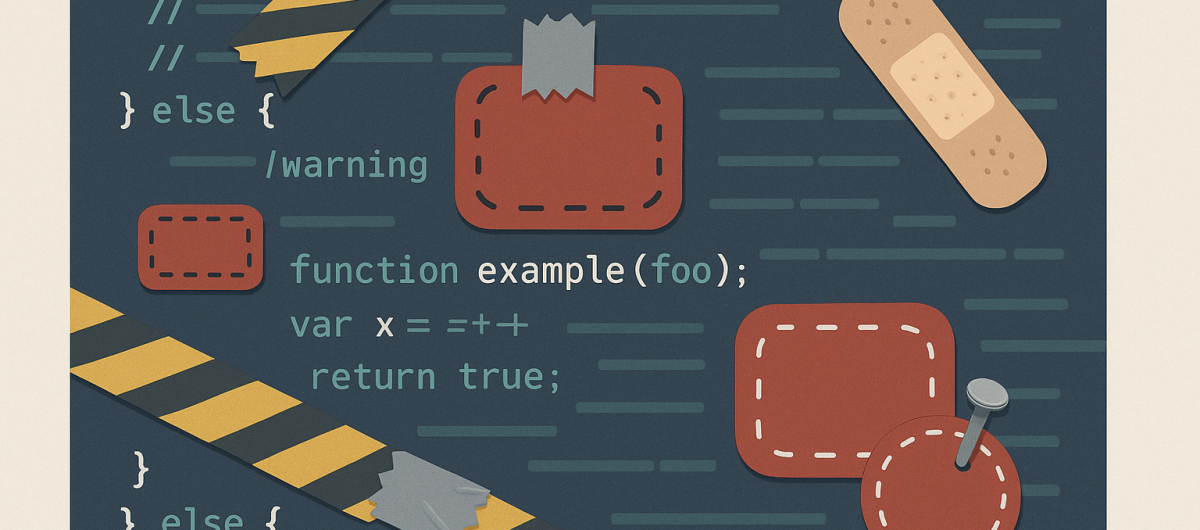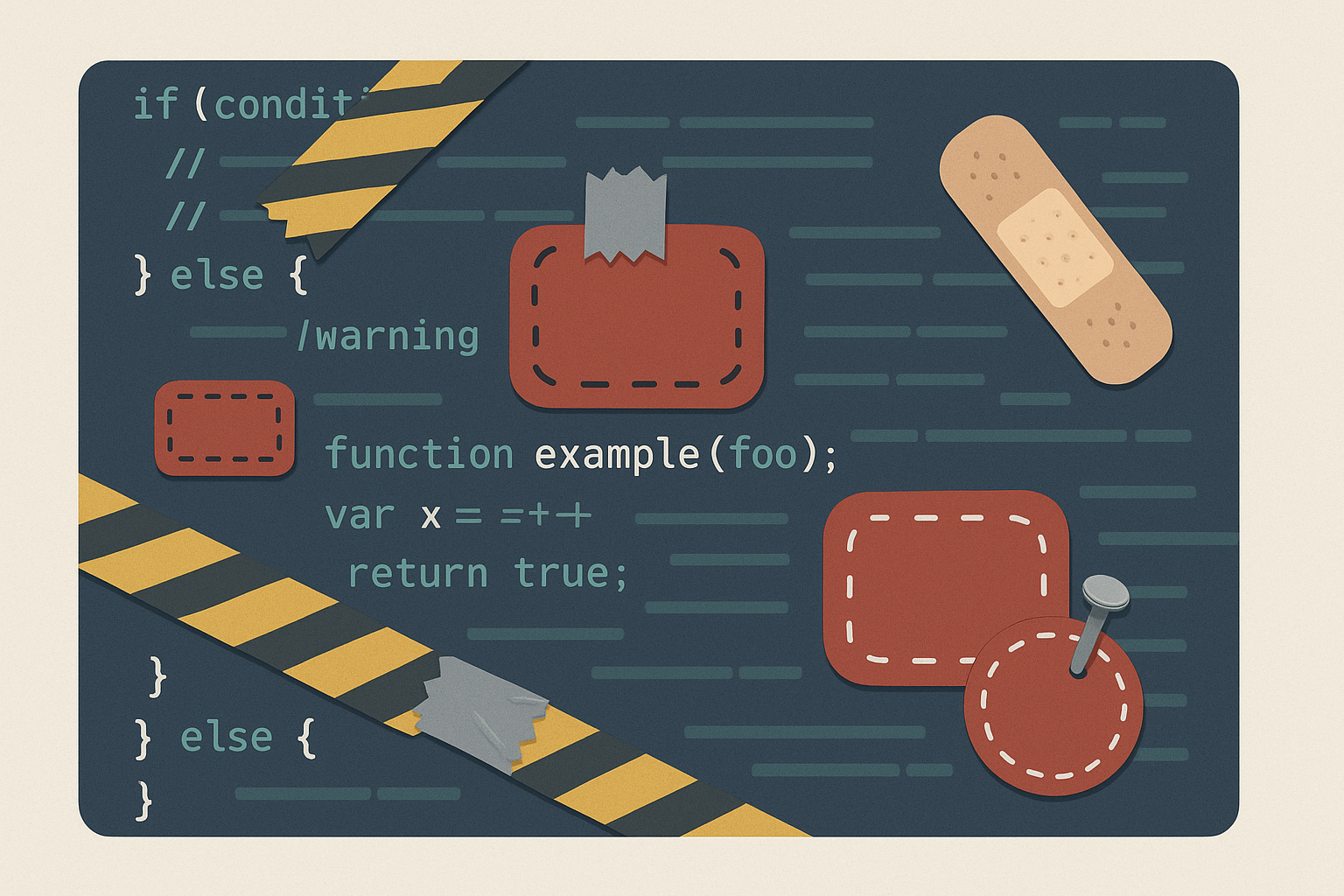“Technical debt” is a popular metaphor in the development world used to describe the price we pay when we choose quick fixes over well-designed solutions.
The term was introduced by Ward Cunningham back in the ’90s to explain that, just like in finance, you can take on debt to move faster… but sooner or later, you’ll have to pay it back—with interest.
In software, that debt shows up when delivering a feature as fast as possible takes priority over writing clean code, solid architecture, or proper documentation.
At first, everything seems fine—but over time, every change takes more effort, and every update brings new bugs. That’s the “interest” on your debt.
Why Technical Debt Happens
It doesn’t come from negligence or bad intent—it’s usually the result of several common factors in IT projects:
- Tight deadlines: pressure to ship fast versions pushes teams to skip best practices.
- Lack of technical planning: focusing only on “making it work” instead of how it’s built.
- Outdated or poorly maintained tech that limits room for improvement.
- No standards or code reviews, leading to wildly different styles and quality within the same project.
- Low visibility: many teams don’t even realize how much debt they’re racking up.
At first, everything moves smoothly—but over time, the system becomes rigid and harder to maintain.
Signs Your Technical Debt Is Growing
There are clear warning signs that something’s off:
- Loss of operational speed: tasks that used to take hours now take days.
- System fragility: every new feature breaks another part of the system.
- Code dark zones: developers avoid certain parts of the code “because no one really knows how they work.”
- Maintenance overload: the team spends more time fixing bugs than building new features.
- Critical knowledge dependency: only one or two people fully understand the project’s most critical areas.
When these signs appear, productivity drops and the project loses flexibility.
The Hidden Cost of Technical Debt
Technical debt doesn’t just make developers’ lives harder—it directly affects the business:
- Expensive and slow maintenance, since every change requires extra testing and reviews.
- Higher risk of bugs or vulnerabilities, especially in legacy systems.
- Team frustration, as progress feels like “pushing through sand.”
- Loss of competitiveness, since time spent firefighting can’t be spent innovating.
In short, technical debt drains invisible resources that could be fueling product improvement.
How to Manage It Before It Becomes a Problem
Taking on debt isn’t always bad—it can be a smart move if it’s done intentionally, with a plan to “repay” it later. Some useful practices include:
- Make the debt visible: document where shortcuts or technical limitations exist.
- Measure its impact: prioritize which parts hurt performance or maintenance the most.
- Plan its reduction: include refactoring tasks in your sprints or roadmap.
- Promote a quality-driven culture: encourage code reviews, automated testing, and shared best practices.
- Modernize gradually: update tools and libraries in a controlled way.
Handled wisely, technical debt can actually become an opportunity for learning and continuous improvement.
In Summary
Technical debt is unavoidable in any real-world project—but it shouldn’t be ignored.
Recognizing it, measuring it, and addressing it early is what separates software that grows with the business from software that turns into a burden.
Just like in finance, taking on debt can help you move forward… as long as you have a plan to pay it back later.






